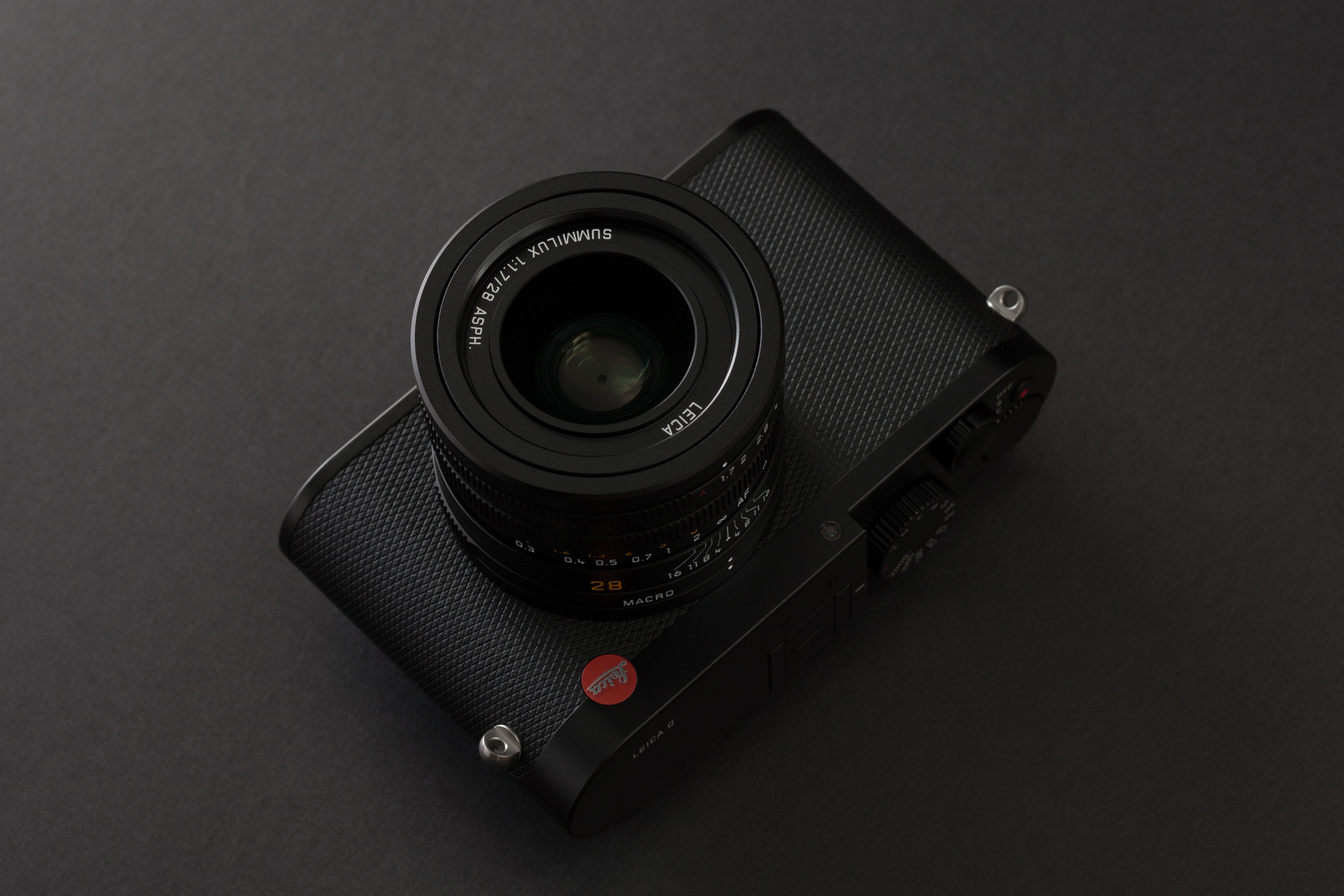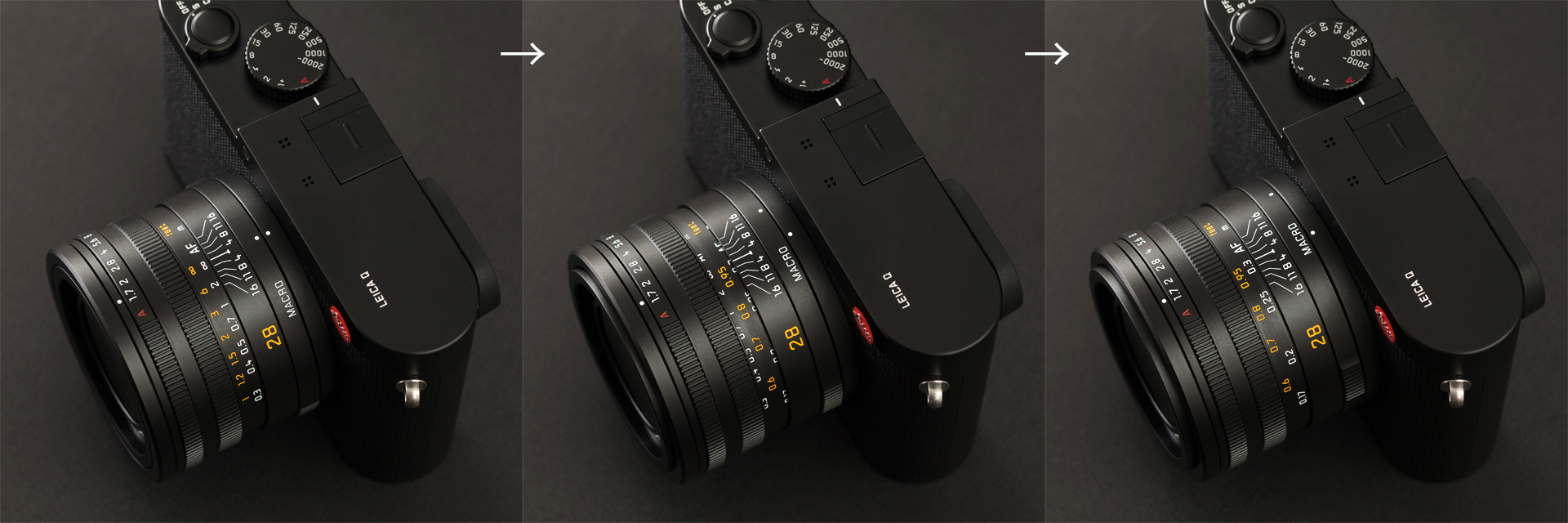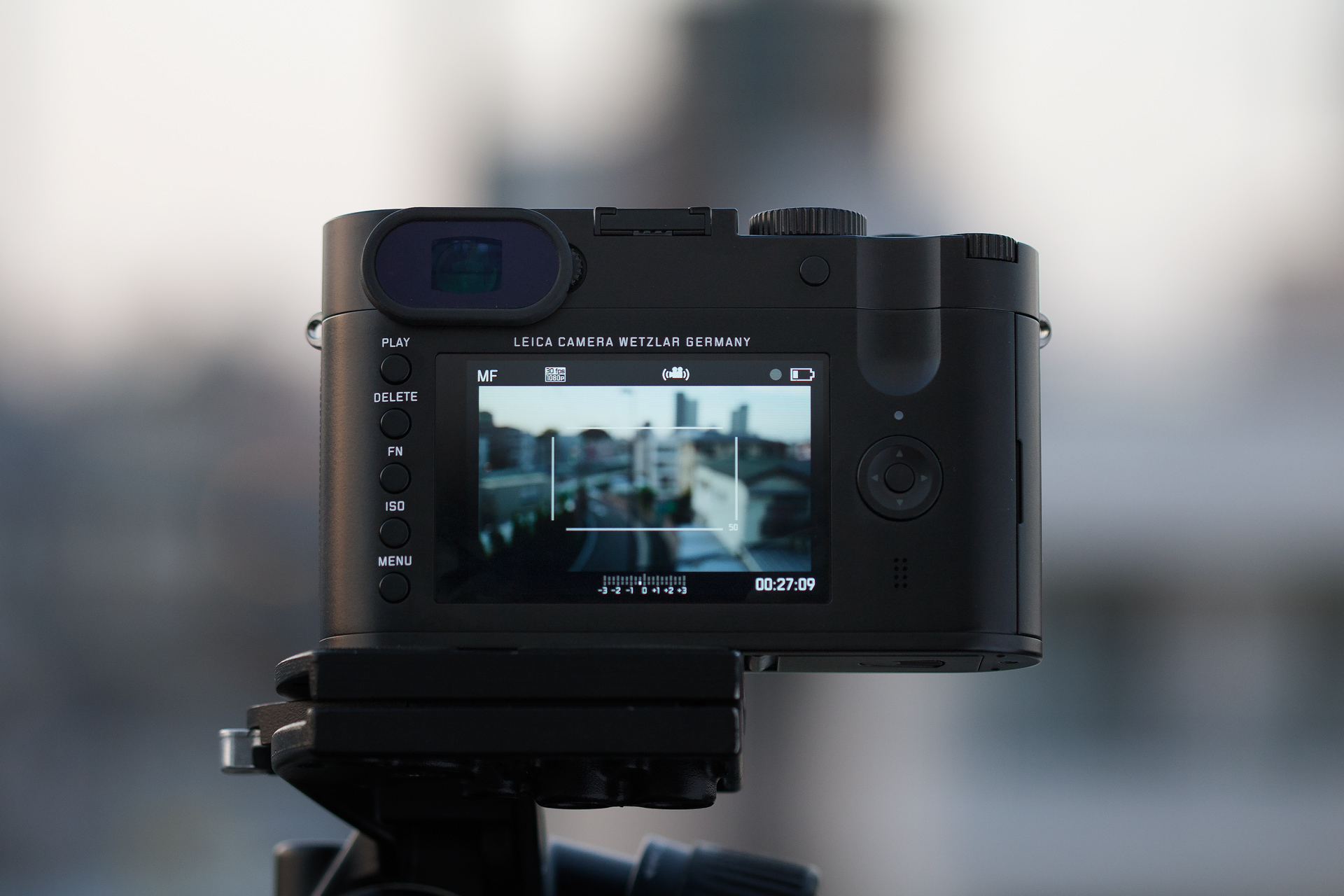
LEICA Q (Typ116) | SHOOTING REPORT
Leica has released another exciting camera, the "LEICA Q." It features a 24-megapixel full frame sensor and a high-speed fixed autofocus SUMMILUX 28mm F1.7 ASPH. with macro capability. Because Leica hosted big launch events around the world, we cannot help but feeling excited about this new product. Our finance situation aside, take a look at this shooting report along with another report on the launch event in Tokyo.
( Photography : Z II / Text : Serow48 )

Friendliest new Leica
If you are not a Leica M camera user, you may think it's a luxury item that cannot shoot quickly. However, heavy Leica users choose it because it shoots quickly. With an average AF, it only slows the pace for shooting and "the decisive moment" can't be captured if the camera doesn't let you fire whenever you want to. The Leica M cameras are easy to use because they work as an extension of our body, and this is something that other cameras hardly realize. Now, we should evaluate the full frame LEICA Q as a complete main camera rather than a sub camera. And, the bar that this camera should go over may be the very best M system born in 60 years ago.
This camera is surprisingly easy to use. Because it's a fixed-lens camera, I expected that it would feel like the X series, but the speed of AF and other functions deserves to have the new series name. I will detail about the body shape and the user interface later, but I could operate it intuitively and quickly, auto and manual. I could use this high-performance Leica with one hand and accepted it happily. Yes, I'm an opportunist. Anyway, all sample shots are JPEG images straight from the camera because I want to show you how the new image processor "LEICA MAESTRO II" (which is newer than the one of the Leica M, typ240) does its job. The first image of the ocean was shot wide open ignoring the situation. And, it already looks great and I'm sure Leica users will love this color!

I stopped down to F5.6, a typical aperture value for regular shooting. Even though it's a wide angle lens, it captured the actual scene just as it was with a great 3D feeling. Although it may sound too natural for this camera, its high definition rivals the M system. Together with the 28mm angle this camera lets you shoot light.

Leica users are strange people because they are happy with a camera that can get close to the subject. Besides, it's a Summilux that can get close and it shows a world we haven't experienced with M cameras. The color reproduction and the contrast are great. And, the natural rendition including the smooth bokeh never feels inartificial.

The top of the ISO sensitivity range is 50000. This shot was taken at ISO 6400, and the image quality is something we couldn't imagine in the past. But, thanks to the F1.7 max speed, you'll only need up to ISO 3200 at most. Anyway, with this camera, you don't need to worry about sensitivity thanks to the latest technology.

I could shoot with this camera so naturally as if I were using a camera that I had been using for a long time, although it may be also because our PY crews are used to Leica M cameras. But, I want to stress that it's also because of the well thought-out user interface and functions, as well as the brisk response. Of course, there are many other fixed-lens AF cameras out there, but I have to admit that this camera just feels so nice.

Even though it's a wide angle lens, you can enjoy the bokeh at close distance and the subject pops from the background. The rendition of the lens appears to be clear-cut rather than razor-sharp. The color reproduction and the clarity are great. In other words, you can shoot just about everything with confidence.

This is an image we couldn't shoot with a M camera. The LEICA Q also features up-to-date functions including full-HD movie, Wi-Fi, and NFC. And, I cannot help but expecting an interchangeable-lens system based on this camera because of its full-fledged capability.

What a 3D pop. I can almost feel sticky on my hand remembering the last time I had cotton candy. And, this camera will make you feel like taking reportage photography.

Smart body filled with mechanism
What's amazing about Leica is that, every time they release a brand new camera, we all know it's a Leica whichever way we look at it. Because I had thought the body had to be big considering the large diameter lens covering the full frame and the built-in EVF, I was quite impressed with this smart size. Although it's far from compact, it's slightly larger than the X-series and slightly smaller than the M series. And, it's like the X-Vario in terms of the balance between the body and the lens.

The LEICA Q has a very unique macro mode and you can switch to it with a ring around the root of the lens. When you turn the ring, the distance scale also moves simultaneously and the infinity changes to 0.3m. This mechanism is so well-made that I kept playing with it for a while. Switching between AF and MF is also easy with a helicoid ring. What an intuitive and smart interface!

Leica's aesthetic is also apparent in the simple layout of the rear buttons as well as the EVF which is built-in, instead of pop-up or external. Also, what I found interesting is the little button on the left of the grip. By pressing it, you can call up 35mm/50mm frame lines just like a rangefinder and you can digitally crop with the angles of view of 35mm and 50mm. Yes, cropping means the loss of pixels, but it feels like I'm using a Tri-Elmar covering 28mm/35mm/50mm. And, this explains why LEICA choose 28mm(the button can also be used for AE/AF locking).

Will Leica users dream of a full frame AF camera?
00 years have passed since the first Leica camera was born and the LEICA Q was released as a new product in their 101st year. And, this camera deserves to be a camera that starts their next century. As Leica defined one form of camera by the M camera, they always seem to pursue the ideal form of camera just like keynote sound by exploring the way to realize the elements and functions even though they are the same. And, because of that, Leica's products have always been shining. In the same manner, this camera is produced with all Leica's heart and soul, and it takes high quality images offering high usability propelled by the latest technology.
If you are interested in this camera, you may be thinking of using it together with the LEICA M with a 50mm lens. Even though you are more than satisfied with your M camera and don't think you need this camera, I'd like you try it regardless. And, I'm sure that the expert M users will master the LEICA Q quickly by appreciating the AF, macro, and EVF.
How does this camera appeal to non-Leica users? It will be a perfect camera for those who feel the threshold of Leica is too high, or who feel manual operation is difficult, or who are not good at focusing with a rangefinder. They can use the LEICA Q with the AUTO setting first and then manually control exposure and focusing as they become more advanced. And, even after they master the skills, they don't need to replace it with other camera. In addition, the LEICA Q is an extremely "healthy" camera that can be used for a long time without getting stuck in the interchangeable-lens swamp.
The Leica M cameras have been loved for more than half a century. And, without a doubt, the new models that go beyond the M's framework will follow after the LEICA Q.
( 2015.06.17 )